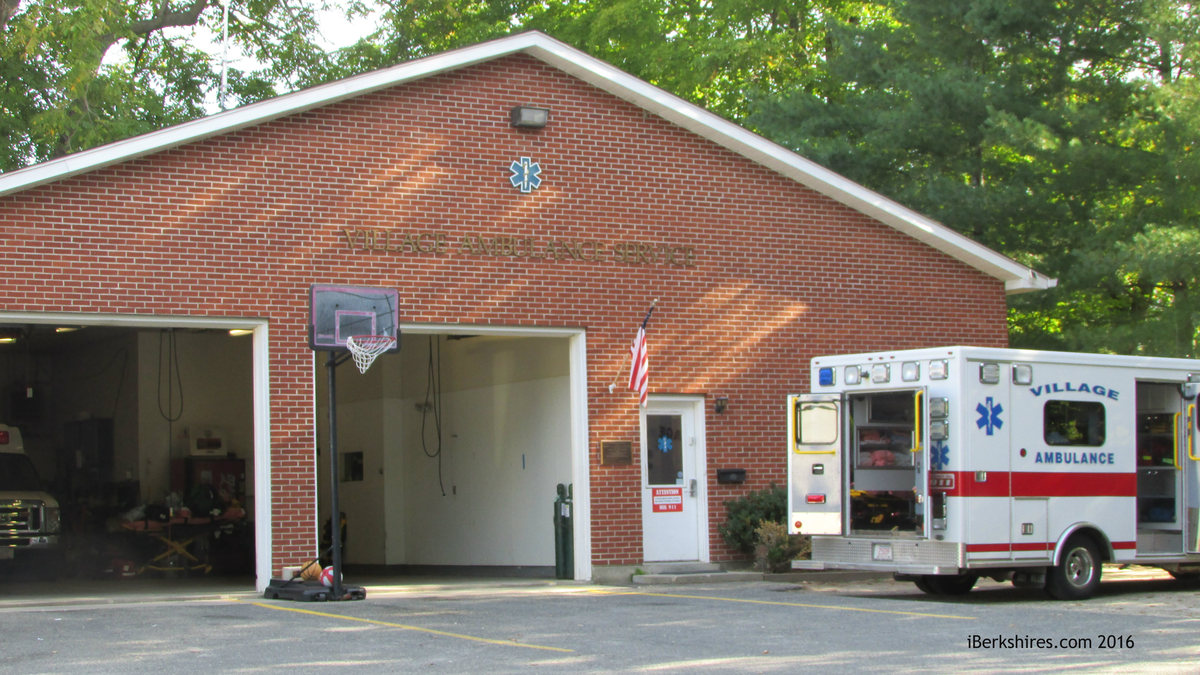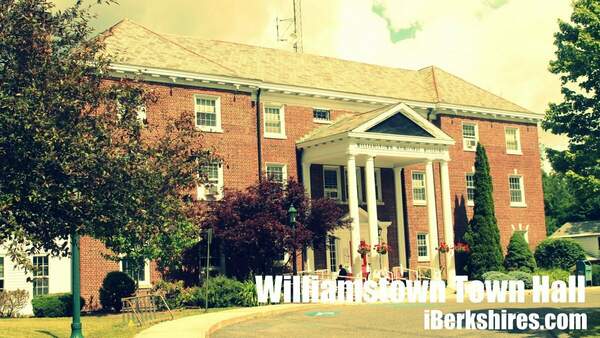
North Adams Ambulance, Village Ambulance Plan Merger
And while it was precipitated by a financial crisis at the Williamstown-based VAS, the move is consistent with a broader trend toward regionalization in the emergency management services industry, the officials said.
"This is so beneficial that even with two agencies that are financially successful, this model would still make sense," Amalio Jusino of NAAS said. "That's why the rumors and the talk have gone on for years and years and years.
"We could be completely profitable, but when you talk about patient care, when you talk about system status management and due diligence for the communities that we serve, this model makes sense. And it is the national model right now for emergency management services: regionalization."
Jusino was joined by NAAS Chief and General Manager John Meaney and Dr. Erwin Stuebner, the president of the Village Ambulance Service Board of Directors, to talk about what brought the two agencies to Thursday morning's announcement that they have agreed to merge.
Officials say it will be a long process to work out the details. But at the end, they envision one ambulance service to cover the three towns served by VAS — Williamstown, New Ashford and Hancock — and the seven communities covered by NAAS — North Adams, Clarksburg, Florida, Monroe, Rowe, Stamford, Vt. and Readsboro, Vt.
Stuebner said that a working group of town, Williams College, fire and ambulance representatives in Williamstown met frequently since March to look at various options to save the financially struggling service.
Those deliberations included talks with other ambulance services, and North Adams, with which VAS already has a strong working relationship, made sense.
"The Bennington Rescue Squad gave a nice presentation and would have been a viable alternative, but because that would mean crossing state lines, it would have created issues," Stuebner said. "Williamstown and North Adams are affiliated anyway with mutual aid. And some of the staff work for both organizations."
The staff at both NAAS and VAS were informed of the decision at meetings in each location on Tuesday night, Stuebner said. Both he and Meaney commended the staff at Village Ambulance for its professionalism, particularly since the service started talking publicly last winter about its financial difficulties.
"They've been doing a great job maintaining services on a tough budget," Meaney said.
The 30 VAS employees will need to apply for positions in the new ambulance service, where Meaney will continue to serve as manager.
"But hopefully we'll be able to retain a good number [of VAS employees]," Meaney said. "The exact number is not in stone."
He is well acquainted with the neighboring service. As Stuebner mentioned, the two services cooperate with mutual aid, helping to cover calls for each other when ambulances, or "rigs" are tied up on other calls.
The plan is to continue operating VAS' Water Street location as one branch of the yet-to-be-named regional ambulance service. But instead of relying on mutual aid, the single operator will be better able to ensure that both ends of the region are covered at all times.
"One thing to keep in mind with this whole process is that it really is going to improve the system status management in Northern Berkshire when we're dealing with ambulances," Meaney said. "A lot of times, we don't know what the status is of a [neighboring] service and how many ambulances they have staffed and things of that nature.
"We're going to be able to better predict spikes in calls and be able to better predict when we need to move resources to different areas. I think it's going to be beneficial to everybody. I think it's going to cut response times down by doing that. Right now, if there's no ambulance in Williamstown, they're waiting for an ambulance from North Adams, and you still have that travel time. … Now, we'll be able to get a jump start. If we know there are no ambulances in Williamstown, they're both tied up, we can move a unit over into that coverage area."
Stuebner and Meaney said they hope to complete the merger by Jan. 1, 2018, the beginning of a new fiscal year for both agencies. But it is a complicated process with both functional and legal issues to overcome.
For the latter, the services have secured the help of Pennsylvania law firm Page, Wolfberg & Wirth, which specializes in EMS issues. Locally, NAAS is represented by Donovan, O'Connor and Dodig.
Stuebner said that VAS is confident it will be able to maintain its operation through the transition period. He said Williamstown and Williams College have both committed to provide "gap funding" to keep the non-profit service on the road until the merger is completed. The town and college also have committed to help fund the cost of the transition, which Stuebner and Meaney estimated to be in the ballpark of $175,000.
"We really feel strongly that it will be a seamless transition," Meaney said.
"There will always be an ambulance at every call," Jusino added.
Tags: ambulance service, merger, NAAS,















